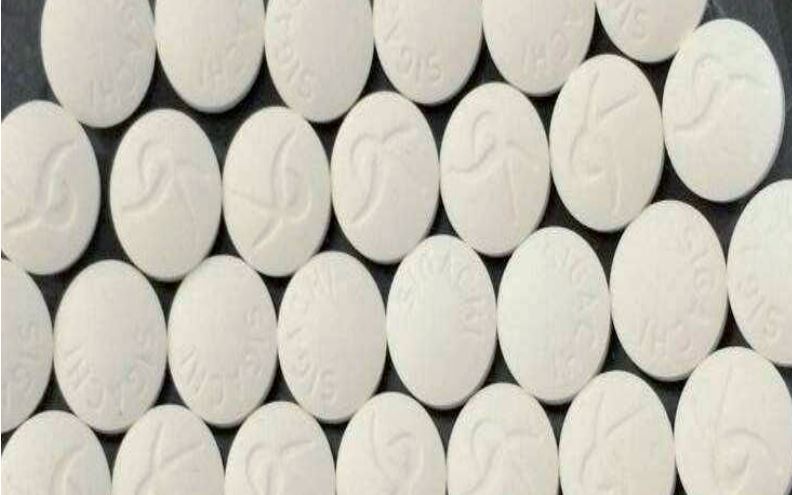Effect of Moisture Content of Excipient (Microcrystalline Cellulose)

Abstract
Quality of pharmaceutical product is very important because pharmaceuticals drugs should be safe and therapeutically active formulation performance should be consistent and predictable. Final product quality depends on all ingredients which is used for making the final product tablet. Final product tablet is made by the addition of bulk drug and excipients. The continuous evolution of the bulk drugs and excipients can only ensure the quality of final product. Moisture content of API’S and excipients plays avery important role to manufacture the final product. It is may affect the physical and chemical properties of final product. Moisture content affects the physical, chemical and microbiological properties of pharmaceutical finished dosage forms. In direct compression process, high and extra low moisture content could be it affects the hardness of tablet. For satisfactory hardness of tablet, room temperature and humidity must be maintained in a specific limit. Tablet hardness is also most import parameter for any solid dosage form.
Introduction
Quality is the collection of feature and characteristics of a product that contribute to its ability to meet requirements and also creating standards for producing acceptable products. Quality can be defined as the measurement of excellence and significant variations or free from defect deficiencies. Quality is measured by the degree of conformance to predetermined specification and standards. To the ethical pharmaceutical manufacturer, it implies a detail system of inspection and control covering the production, evaluation, distribution of every drug bearing the company’s label 1,2. It is the purpose of these operations to produce medication of superior efficacy, safety and elegance and to provide assurance to physician, pharmacist and the consumer that the given product performs uniformly and in a manner satisfactory for the purpose for which it is recommended. Quality of a pharmaceutical product i.e. solid dosage form (tablet) can be guaranteed by evaluating different physical, chemical and microbiological test of from raw materials to finished product 1,3. All parameters of excipients and API’s should lie under limit such as bulk density, particle size and moisture content etc. If moisture content of excipientsand API’S are above limit, it may effect the physical, chemical and microbiological quality of final product 4.
Moisture content plays an important role in final product. Moisture in finalproduct comes from many sources. Moisture may come from the bulk drug or inactive excipients in the formulation. In pure chemicals, moisture may be present as water of crystallization and/or as adsorbed water.When moisture is above limit, however it may be affecting stability of product and could increase chances of microbial contamination 5. Moisture content affects manufacturing of the solid formulation. Higher moisture content in the powder is not good. It can result in poor powder flow, which could further result in irregular tablet parameter performance 4,5,6. It may also result in sticking problems on the surface of the tablet. When moisture is present under limits it helps the API and excipients in binding6. In direct compression formulation, different type of excipients are used i.e. starch, microcrystalline cellulose (MCC), Polyethyleneglycol (PEG) and Hydroxy propyl methyl cellulose (HPMC) 7,8,9. HiCelTM Microcrystalline cellulose is a common excipient used for tableting in pharmaceutical industries for wet granulation and direct compression formulations 5,10. It consists of purified partially de-polymerised cellulose prepared by hydrolyzing dissolving grade wood pulp with mineral acid 11,12.It exists as partial crystalline regions and serves a number of functions in solid dosage formulations 13,14.
The moisture content of microcrystalline cellulose is about 4% to 5.5%which is good for direct compression formulation, while USP monograph specification limit is not more than 7%.
In this study,the higher and extralow moisture content of Microcrystalline Cellulose may be influencing the flow of powder and tablet hardness of direct compressible tablets. It may be effecting product stability and microbial growth. We are using two grades HiCelTM 90M and AceCelTM102 G of Microcrystalline Cellulose for this study. Secondly we investigated the temperature and relative humidity effect on HiCelTM 90M grade MCC at three different condition in packed and unpacked condition (in polylinner bag and paper bag).
Download the full hand book as PDF here Effect of Moisture Content of Excipient (Microcrystalline Cellulose)
Material
HiCelTM 90M (Spray Dried Microcrystalline Cellulose) and AceCelTM 102G (Air Stream dried Microcrystalline Cellulose) were used for manufacturing the tablet direct compression technique. Digital weight balance (Mettler Toledo,Model no. ML802/A01) used for weighting the sample. Hot air oven (Model no. PNX-14) used for testing moisture content. Untapped bulk density analysed with Class A grade graduated measuring cylinder capacity 100 ml and dia 30mm, tapped density checked by tapped density tester (ElectrolabModel No. ETD1020) Proton mini press (model 10 STN “D”) “D” type tooling machine was used for making the tablets. Digital tablet hardness taster (Labindia model no.TH1050M) was used for test tablet hardness. Friability test done at Baroda analyticalservicesin Vadodara, Gujarat. For effect of humidity and temperature on MCC used two different stability chamber (one was 30±2 rC/65±5%RH, second was 40±2 rC/75±5%RH) both stability chamber make by Thermolab (model no-TS0000325 S).
Source: Sigachi, Monika Tomar, Amit Raj Sinha, Dr. Ajay Kumar Singh, Effect of Moisture Content of Excipient (Microcrystalline Cellulose)
Do you need more information or a sample of Sigachi excipients?

